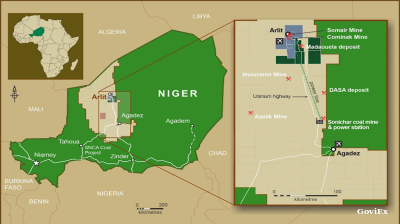Serbia and Hungary held high-level talks on July 21 to advance a joint oil pipeline project expected to bolster Serbia's energy security and diversify its crude supply routes by 2027.
Serbia currently imports crude mainly through the JANAF pipeline via Croatia. The new route is seen as vital amid ongoing geopolitical tensions and Western sanctions affecting Russian energy exports.
Serbian Energy Minister Dubravka Dedovic Handanovic spoke to Russian Deputy Energy Minister Pavel Sorokin and Hungarian Foreign Minister Péter Szijjárto to discuss the planned 128-kilometre pipeline, which will link Serbia to the Druzhba pipeline network via Hungary.
“With it, we would be connected to one of the largest European oil pipelines and get an alternative direction of oil supply for the first time, which is important for security of supply,” Dedovic Handanovic said, adding that the project holds “not only commercial, but wider strategic importance for long-term energy security.”
Of the total length, 113 kilometres will lie within Serbian territory. The pipeline is expected to have an annual transport capacity of up to five million tonnes of crude oil and will be jointly developed by Serbia’s state-run Transnafta and Hungary’s MOL Group.
An agreement on the technical harmonisation of pipeline specifications was signed earlier this month, a move Dedovic Handanovic called “an important step forward and a turning point in the development of the project.”
Construction is slated to begin in 2026, pending final commercial arrangements and capacity assessments, including projected demand from Serbia's oil and gas company NIS. The governments of all three countries have signaled political support for the project.
The pipeline would connect Serbia to the Druzhba system—one of the world’s longest and oldest oil transport networks—offering an alternative to existing supply channels that are vulnerable to regional disruptions.
Both Belgrade and Budapest maintain closer energy ties with Moscow than many other European capitals and have increasingly coordinated on energy infrastructure projects.
The initiative forms part of Serbia’s broader energy diversification strategy. Belgrade also plans to construct new gas pipeline links to North Macedonia and Romania by 2028, following the 2023 completion of a gas interconnector with Bulgaria that enabled imports of non-Russian gas, including LNG via Greece and supplies from Azerbaijan.
News

GoviEx, Niger extend arbitration pause on Madaouela uranium project valued at $376mn
Madaouela is among the world’s largest uranium resources, with measured and indicated resources of 100mn pounds of U₃O₈ and a post-tax net present value of $376mn at a uranium price of $80 per pound.

Brazil’s Supreme Court jails Bolsonaro for 27 years over coup plot
Brazil’s Supreme Court has sentenced former president Jair Bolsonaro to 27 years and three months in prison after convicting him of attempting to overturn the result of the country’s 2022 election.

Iran cleric says disputed islands belong to Tehran, not UAE
Iran's Friday prayer leader reaffirms claim to disputed UAE islands whilst warning against Hezbollah disarmament as threat to Islamic world security.

Kremlin puts Russia-Ukraine ceasefire talks on hold
\Negotiation channels between Russia and Ukraine remain formally open but the Kremlin has put talks on hold, as prospects for renewed diplomatic engagement appear remote. Presidential spokesman Dmitry Peskov said on September 12, Vedomosti reports.




